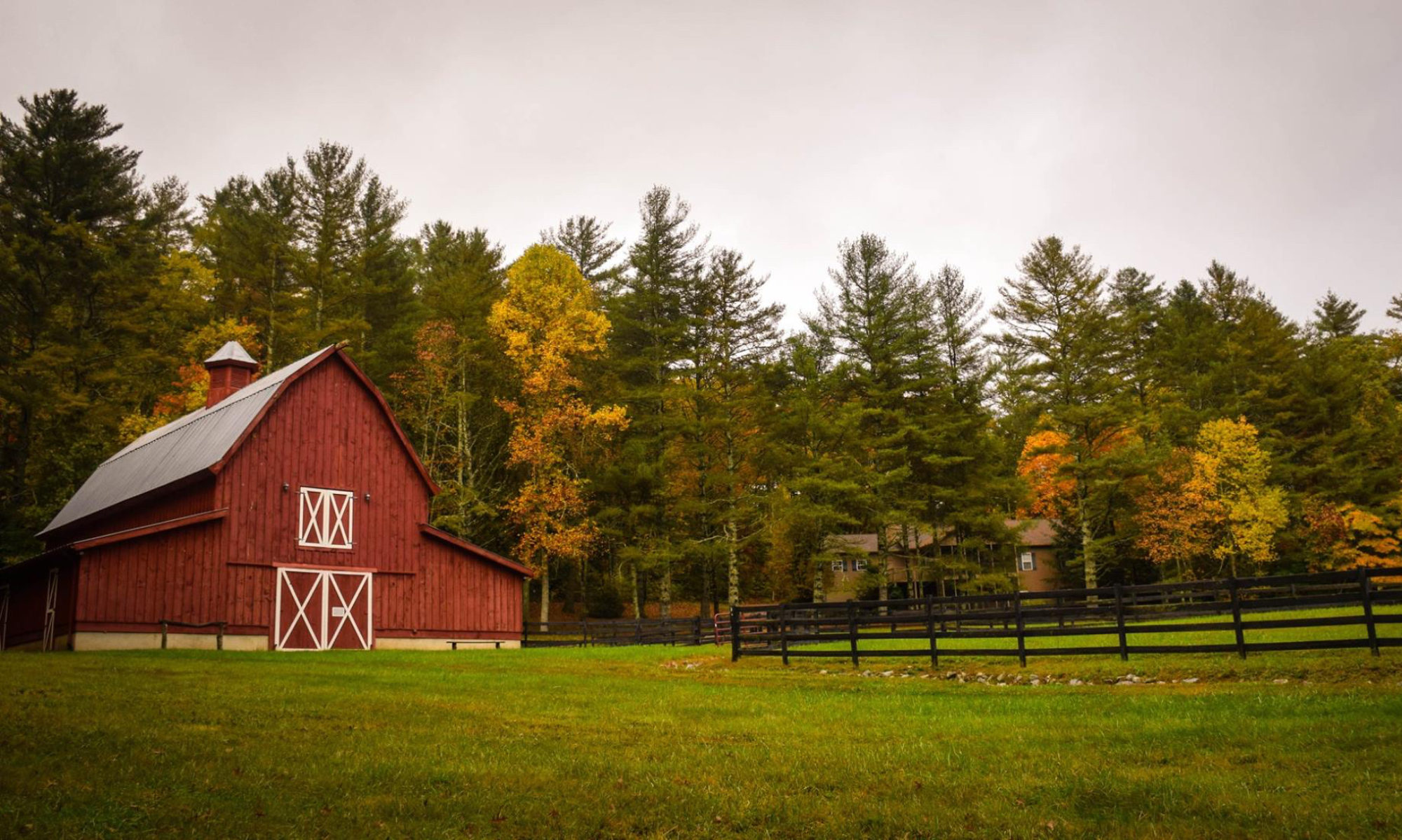It’s hard to believe that someone still thinks this is a good idea.
Edmore, N.D., Farmer says Animal Operations can Rescue Rural Population Decline
EDMORE, N.D. – North Dakota is prime ground for growing hogs.
“It has lots of agricultural land, lots of grain and lots of open space ,” said Kevin Tyndall, a consultant from Canadian hog producer Hytek.
Paul Ivesdal, an Edmore farmer, agrees. “I’d like to see 1 million hogs in our school district,” he said. “We could site a hog operation in each township.”
That’s a lofty goal, considering that Ivesdal has unsuccessfully attempted to get one 21,000-hog operation approved…
Frustrated by a year’s delay, Ivesdal said he might move his proposed hog operation a mile north, into Cavalier County. He said Viking Feeders also is considering a switch to a 5,000-sow farrowing operation rather than the 21,000-hog business that finishes the animals and sends them to market.
“The farrowing operation means 17 or 18 jobs, compared to the six jobs with the finishing barns,” Ivesdal said. “But the finishing uses about four times as much grain. I’m leaning toward creating more jobs over more feed.”
A farrowing operation, a nursery operation and two 20,000-head finishing sites constitute what is called a loop.
“We could get 10 loops in the school district,” Ivesdal said. “We could site one in each township. Sure, that’s a dream, but I don’t see any other business coming here.”
Although it might be a dream to Ivesdal, it’s a nightmare to others, judging by the resistance to his current plan. Most Concentrated Animal Feeding Operations meet with complaints from neighbors, but Viking Feeders has had detractors from the entire Devils Lake basin. The lake’s flooding has been disastrous to many, but the one plus is that it’s made for a great fishery and the tourism that comes with it. Some fear his hog operation will pollute the water…
“If we could have 10 loops, that would be 350 jobs,” he said. “That would be a lot of kids in our school district. We don’t have 160 kids in our whole (K-12) school now.”
He said the most basic jobs would pay $10 an hour, plus provide health insurance, retirement, vacation, other benefits and the chance to advance. “Here in rural North Dakota, that’s not bad for the lowest job on the totem pole,” he said.
Not so quick with all those numbers there. The following is from my own Master’s Thesis.
A study by the University of Missouri found that independent hog producers support three times more employees than industrial agribusiness producers do (Ikerd 1994). Research in Virginia showed that 5,000 sows held by many local producers as opposed to two or three industrial agribusiness operations provided 10% more jobs, a 20% greater increase in local retail sales and a 37% greater increase in per capita income for those employed by the operations (Thornsbury et al. 1994)…
In addition to these factors, several studies have shown that the presence of industrial scale animal production depresses the value of nearby real estate, reduces tax revenue for local governing entities, and is associated with an increased dependence on government social programs (Trom 2005). A family farm system of agriculture is also more compatible with rural tourism than an industrial agribusiness system is.
Furthermore, measurements of economic growth are not always a reflection of desirable trends. When measured strictly in terms of gross national product or per capita income, a growing economy is not necessarily a reflection of improved circumstance for the majority of individuals in a society. More important indicators, such as income distribution and standard of living indexes, are a more accurate reflection of the benefit of growth to the majority of people.
The reporter, unfortunately, doesn’t explore this angle—at all. (Full citations available upon request.)
